Courses Infomation
Thetimefactor – TRADING WITH TIME

Thetimefactor – TRADING WITH TIME
TRADING WITH TIME
Magnificently presented with easy to follow lessons and detailed coloured charts, you will learn how to forecast future market tops and bottoms years in advance with the Time Factor.
We are so certain that these techniques will work in any liquid market, that we will gladly provide a 100% Money Back Guarantee if they don’t.*
TOPICS COVERED INCLUDE
UNDERSTANDING THE TIME FACTOR
- – How to identify repeating time frames within a market
- – How the major time frames work in the market
- – The key time frames ending the 20 year bear market in gold
- – The time cycles calling the 2011 all-time high in gold
- – Anniversary dates
- – trading to Time – my own proprietary forecasting tool
- – knowing when a trading to Time date will work
- – how to calculate and divide a yearly cycle of time
- – the highest probability time counts
- – how to calculate calendar time into degrees (simply)
- – the predictable yearly highs and lows in 2000 and 2001 (ASX 200)
- – the repeating time counts in 2011 and 2012 (S&P500)
THE MASTER TIME FACTOR EXPLAINED – SIMPLY
- – the Gann Decade Cycle
- – calculating a 10 year Road Map calendar
- – The Great Master Time Cycle
- – The 20 Year Master Time Cycle
- – The fourth dimension – using 20 year time cycles
- – The simple way to use the 20 year Master Time Calculator
- – How to use the Master Time Cycles to create a forecast
- – Looking to the future – what do the major time cycles tell us (in 2017)
THE BEST RULES FOR TRADING
- – Trading psychology and risk management
- – The five simple rules for risk management
- – How to know when you are right
- – The four simple change of trend indicators
THE BEST TRADING ENTRY AND EXIT POINTS
- – When to enter
- – When to reduce your position
- – Risk management
- – Profit taking
- – Additional profit taking levels
PUTTING THE JIGSAW PUZZLE TOGETHER
- – My email forecast for the Sep 2012 top (S&P 500)
- – My email forecast identifying how to trade off the Sep 2012 top (S&P 500)
What is forex?
Quite simply, it’s the global market that allows one to trade two currencies against each other.
If you think one currency will be stronger versus the other, and you end up correct, then you can make a profit.
If you’ve ever traveled to another country, you usually had to find a currency exchange booth at the airport, and then exchange the money you have in your wallet into the currency of the country you are visiting.
Foreign Exchange
You go up to the counter and notice a screen displaying different exchange rates for different currencies.
An exchange rate is the relative price of two currencies from two different countries.
You find “Japanese yen” and think to yourself, “WOW! My one dollar is worth 100 yen?! And I have ten dollars! I’m going to be rich!!!”
When you do this, you’ve essentially participated in the forex market!
You’ve exchanged one currency for another.
Or in forex trading terms, assuming you’re an American visiting Japan, you’ve sold dollars and bought yen.
Currency Exchange
Before you fly back home, you stop by the currency exchange booth to exchange the yen that you miraculously have left over (Tokyo is expensive!) and notice the exchange rates have changed.
It’s these changes in the exchange rates that allow you to make money in the foreign exchange market.
Salepage : Thetimefactor – TRADING WITH TIME
More From Categories :Time & Price Analysis
Curriculum:
156:” “;}}
“;}}

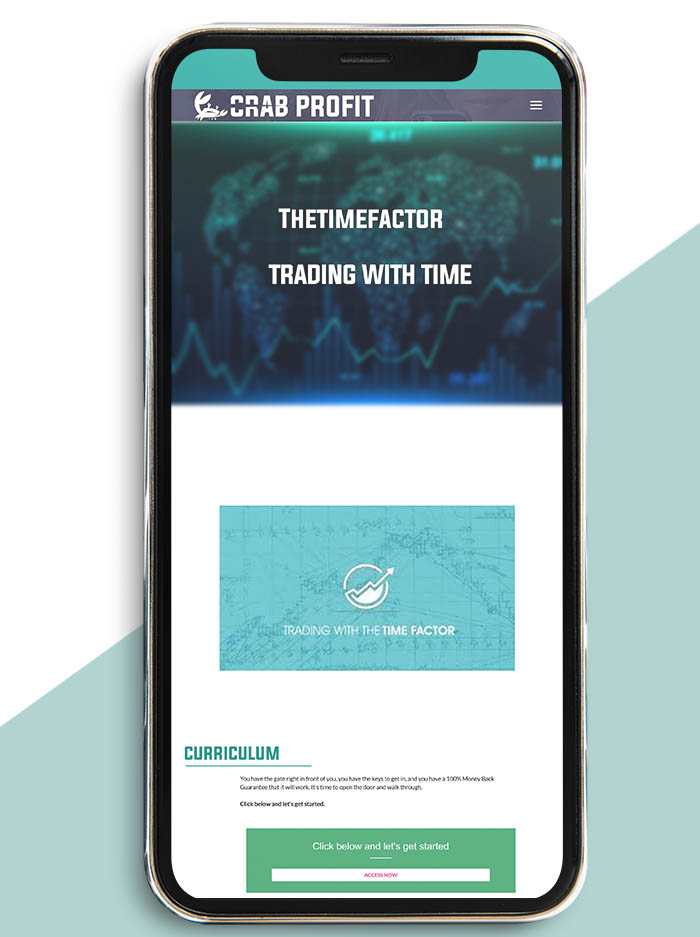
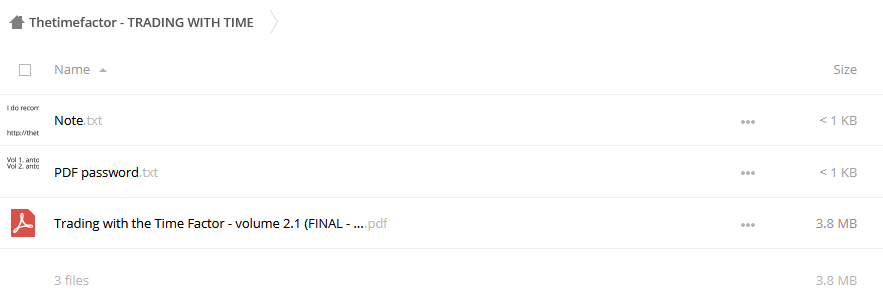

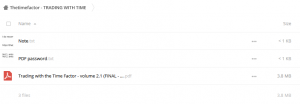


![Technical Analysis of Stocks and Commodities 2010-Sept. 2016 [104 Docs (PDF)] of https://crabaca.store/](https://crablib.info/wp-content/uploads/2022/01/Technical-Analysis-of-Stocks-and-Commodities-2010-Sept.-2016-104-Docs-PDF.png)


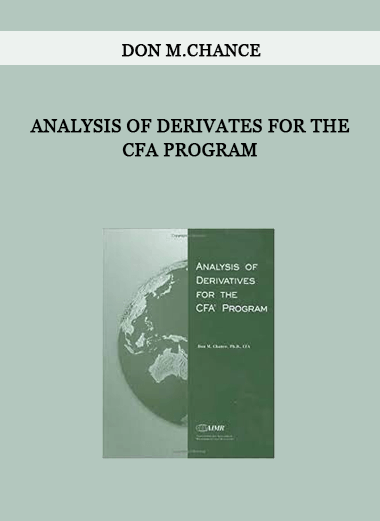
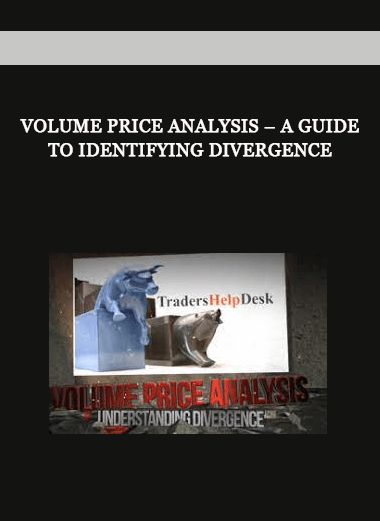
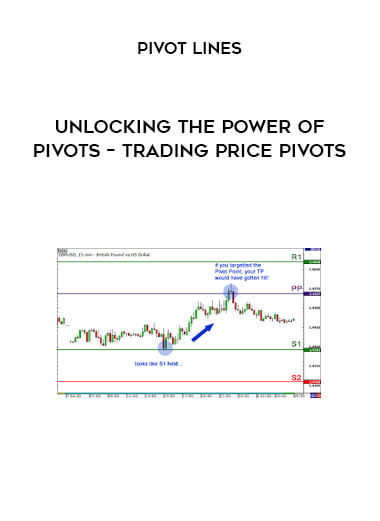
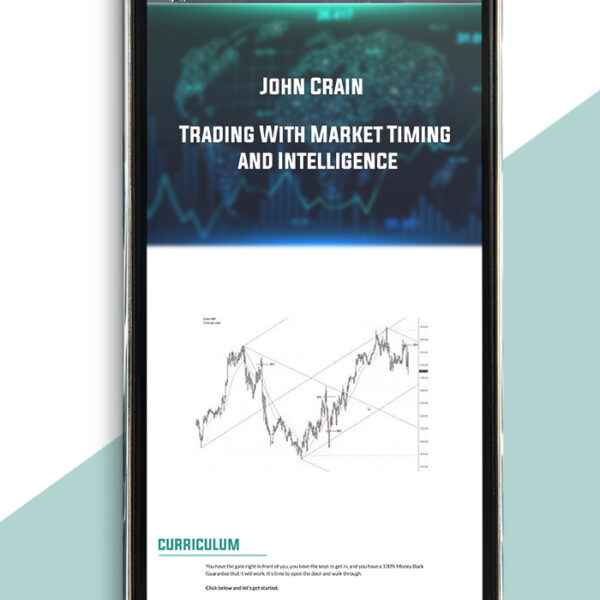
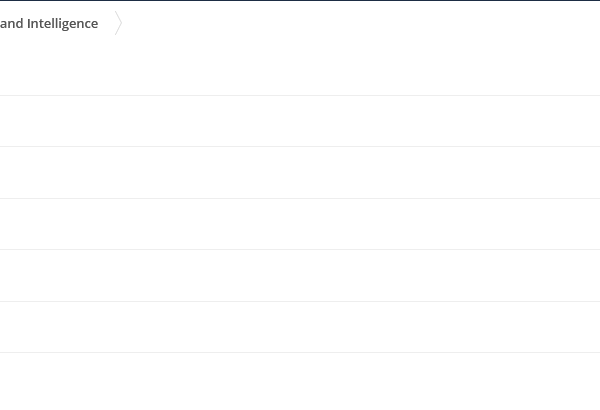




















Reviews
There are no reviews yet.